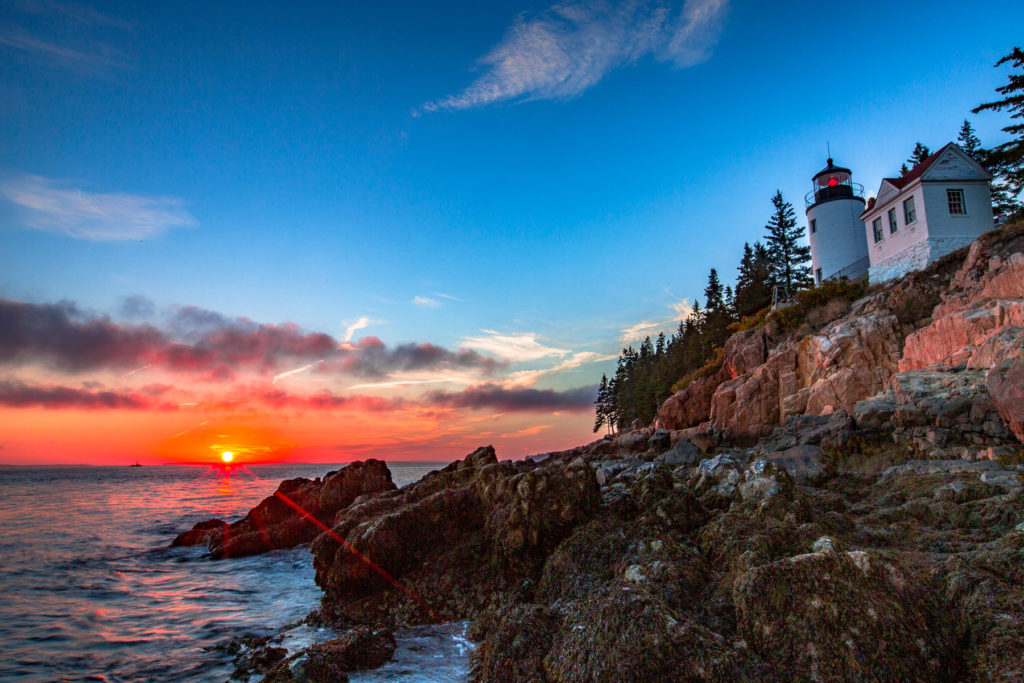
Visit The National Parks Near Portland Maine
National Parks Near Portland, Maine! What better place to experience the brilliant fall colors than the state of Maine.
Beautiful fall foliage, breathtaking woods, amazing monuments and so much more. We’re giving you 5+ reasons to make Maine your next vacation destination.
To be clear, these include national park sites (as in managed by the National Park Service) as well as capital letter National Parks. To learn more about the difference between the various National Park Service designations check out our article that explains everything!
More Than Just Parks is your one-stop-shop when it comes to learning everything you’ll need to know about America’s national parks. We’ve got expert guides, beautiful photos, helpful tips, breathtaking films and so much more.
So, are you ready for our list of five amazing places that are within driving distance of Portland, Maine?
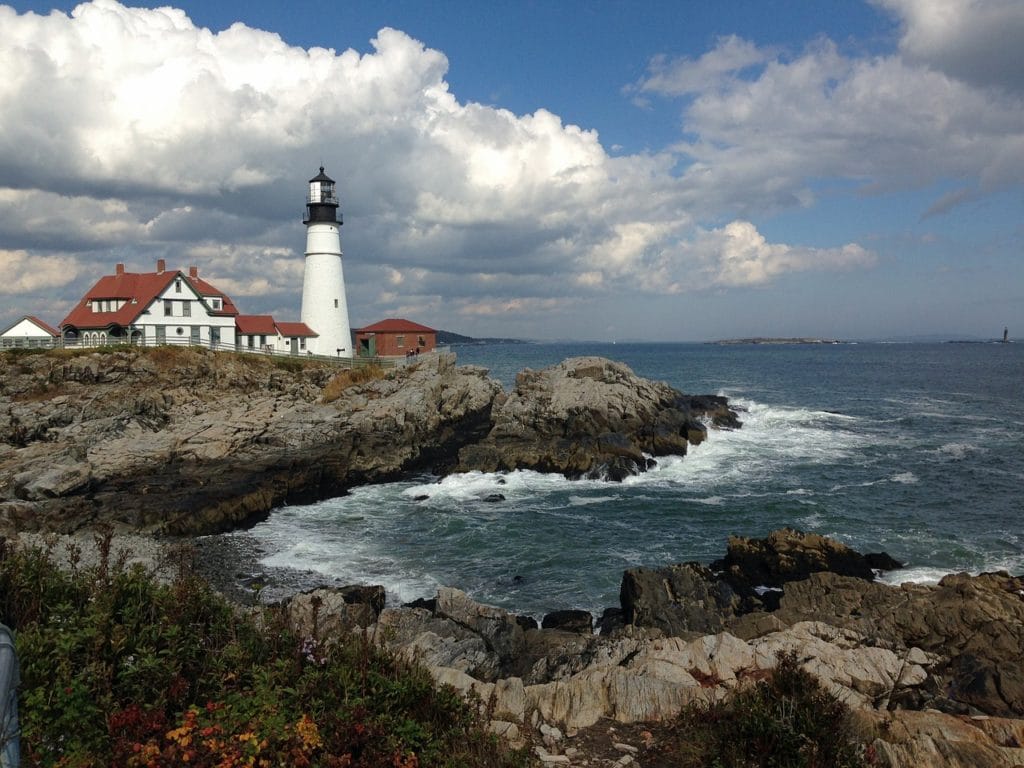
Table Of Contents
- Acadia National Park
- Katahdin Woods And Waters National Monument
- Maine Acadian Culture Center
- Roosevelt Campobello International Park
- Saint Croix Island International Historic Site
- Map Of Park Sites Near Portland Maine
- List Of National Park Sites Near Portland Maine
- About The People Behind More Than Just Parks
- Meet The Parks Brothers
National Parks Near Portland Maine
1. Acadia National Park

Distance From Portland: The park is about 160 miles from Portland, Maine, and about 50 miles from Bangor, Maine.
Acadia National Park is the only national park in the northeastern United States. It’s a true monument to coastal New England’s stunning beauty.
Nestled into the far-flung, rocky coast of Maine, Acadia National Park is home to majestic forests, tranquil ponds, rounded mountains and wild coastline.
Once a summer retreat for America’s elite, the area comprising Acadia National Park was given back to the people by conservation-minded locals led by George Dorr. Now you, too, can visit this coastal paradise and marvel at its expansive beauty.
A Must-See For Anyone Who Loves Wild Coastline
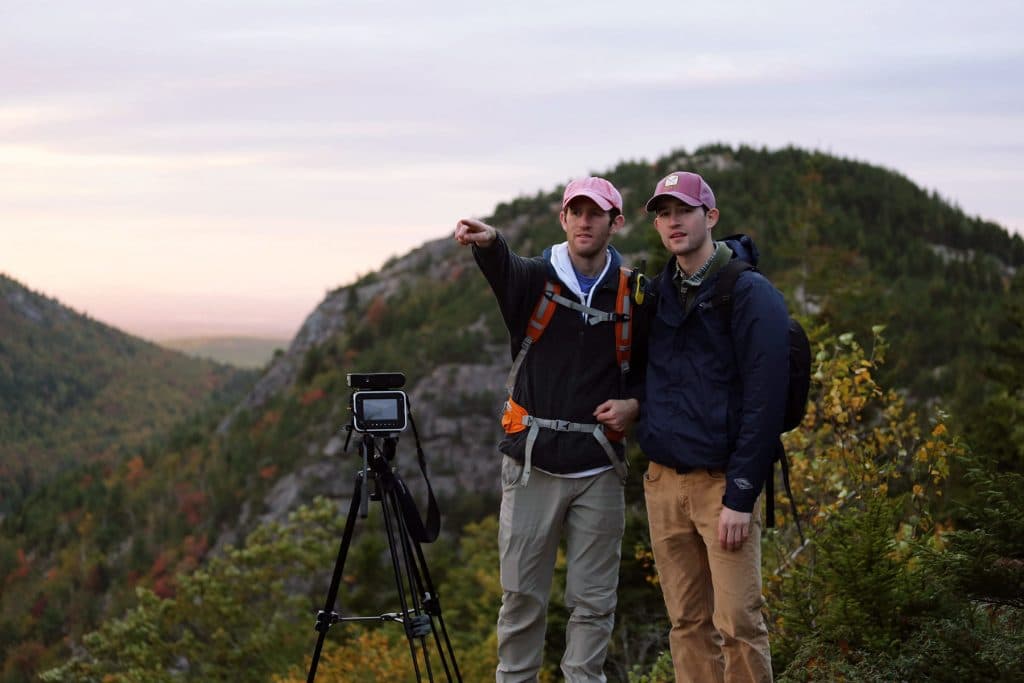
Acadia is a very special park and a must-see for anyone who loves wild coastline. Maine’s coast is unlike any other in the U.S. When it comes to pure coastal beauty, it’s hard to beat.
On top of its rocky coast, Acadia is home to beautiful forests of maples, aspens and pines that truly come to life in the fall-making the park a world class autumn destination.
RELATED: Acadia National Park
Crowds At Acadia

If you’re wondering how crowded Acadia is given that it’s the only national park in the region then the answer depends on what time of year you visit. The summer tends to bring out the biggest crowds especially at Cadillac Mountain, Jordan Pond and along the coast.
With the arrival of the fall comes the arrival of the leaf-peepers. They come from far and wide to see the autumnal splendor. That being said, the inner portions of the park and its trails tend to see fewer visitor which is good information to have if you’re looking to escape the crowds.
And then, of course, there’s winter which offers some truly spectacular landscapes with far fewer people.
RELATED: 10+ AMAZING Facts About Acadia National Park
“We need the tonic of wildness…At the same time that we are earnest to explore and learn all things, we require that all things be mysterious and unexplorable, that land and sea be indefinitely wild, un-surveyed and unfathomed by us because unfathomable. We can never have enough of nature.”
― Henry David Thoreau, Walden: Or, Life in the Woods
The History Of Acadia National Park

Like so many other places, the story of Acadia National Park is about the foresight and generosity of one person. For Acadia, that person was George Dorr. He first visited the area in 1868 as a young boy and quickly fell in love with it.
Dorr’s wealthy parents build a home there in the ensuing decade and lived next door to Charles William Eliot who happened to be the president of Harvard University. Eliot’s son (also named Charles) floated the idea of protecting the area as a nature preserve.
This spurred Dorr to action. He spearheaded the campaign to create a national park at Acadia.
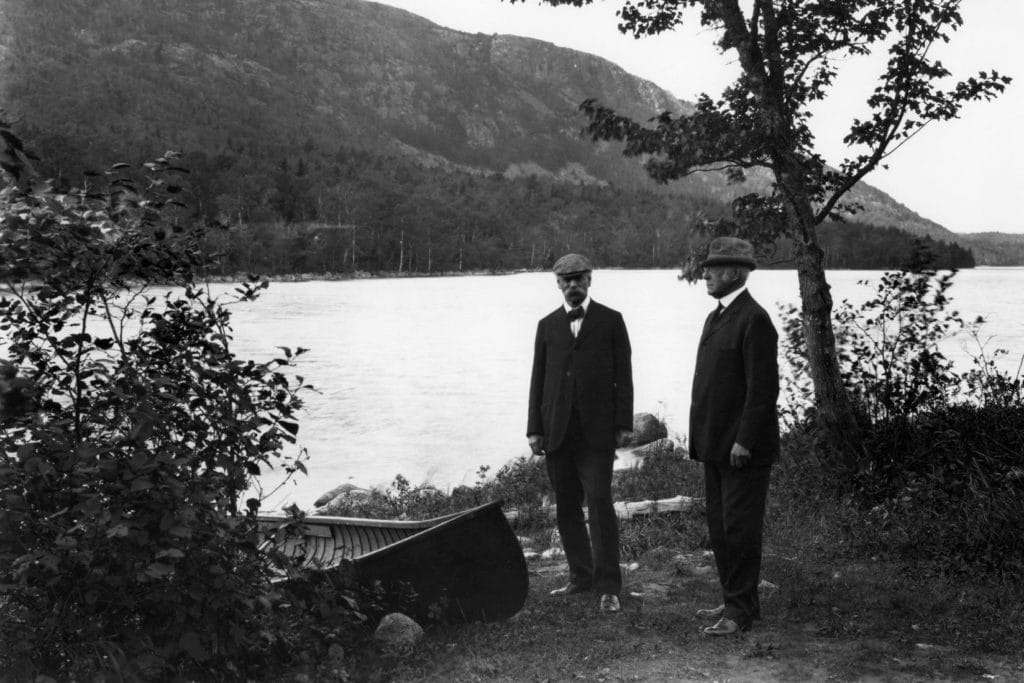
George Dorr, Charles Eliot and others established the Hancock Country Trustees of Public Reservations in 1901 for the purpose of ” . . . acquiring, owning and holding lands and other property in Hancock County free for public use.”
Dorr spent most of his own fortune acquiring the land around Mt. Desert Island. Along with generous donations from others, the Hancock County Trustees eventually amassed over 6,000 acres.
A Political Battle
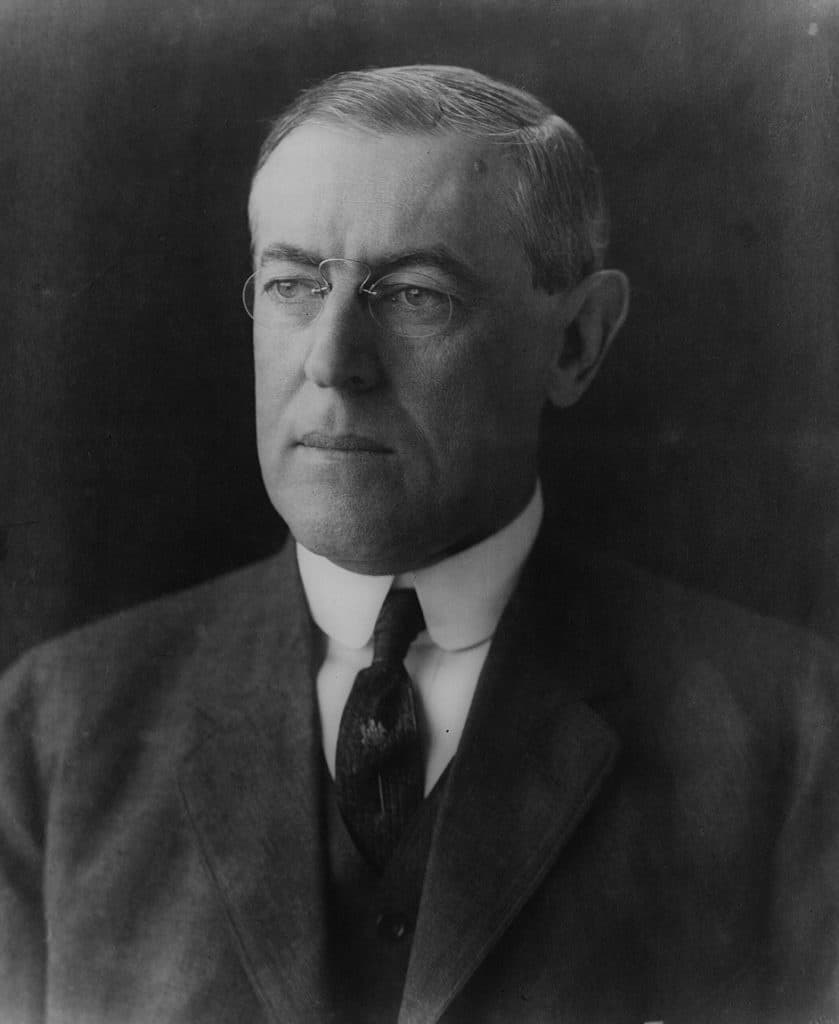
The Maine Legislature learned about what was being done. Some in the legislature objected to the removal of so much taxable property. They wanted to have the non-profit status of the trustees revoked.
This action would have made it to expensive for Dorr and the other trustees to keep the land. Dorr traveled to the state capitol to wage a spirited battle to defeat the measure. He succeeded, but understood that the only viable long-term solution was to have the federal government protect the land.
In 1929, the name of the park was changed from Lafayette to Acadia to honor the original French Settlement which had included Maine.
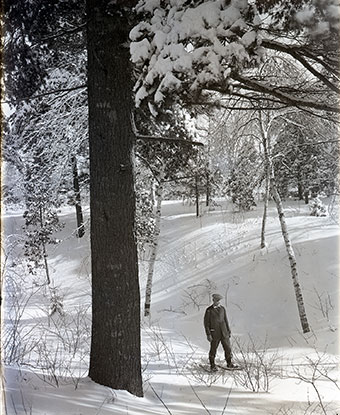
“Saved to future generations as it has been to us, in the wild primeval beauty of the nature it exhibits, of ancient rocks and still more ancient sea, with infinite detail of life and landscape interest between, the spirit and mind of man will surely find in it in the years and centuries to come an inspiration and a means of growth as essential to them ever and anon as are fresh air and sunshine to the body.“
-George Dorr
RELATED: Meet The Real Life Batman & Robin Of The National Parks
Sieur de Monts National Monument | National Parks Near Portland Maine
Dorr made a gift of 5,000 acres to the federal government in 1916. President Woodrow Wilson used his gift to create the Sieur de Monts National Monument. Full park status came three years later.
President Wilson signed legislation creating Lafayette National Park. The park’s first superintendent was none other than George Dorr.
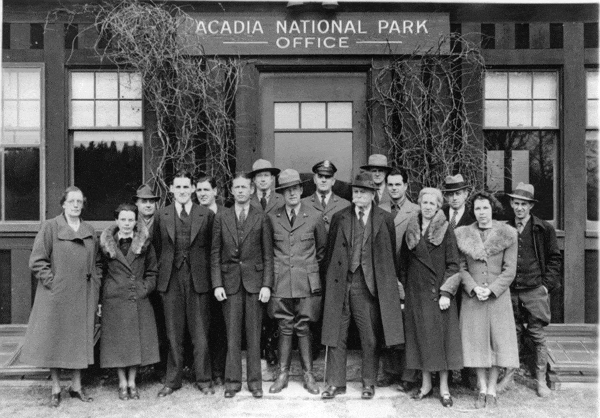
“George Dorr built the spring house at Sieur de Monts in 1909 and carved “The Sweet Waters of Acadia” on a nearby rock. Today, this location has come to symbolize the enthusiasm and contributions of Dorr and other early-20th-century citizens in the creation and preservation of these lands.
-National Park Service
Dorr was ever vigilant that anything done in the park would be of the highest quality and not mar the incredible beauty and uniqueness of the area. In 1913, John D. Rockefeller Jr. began construction of a carriage road system on private land that was developed and expanded as public land with Dorr’s support.”
Things To Do At Acadia National Park
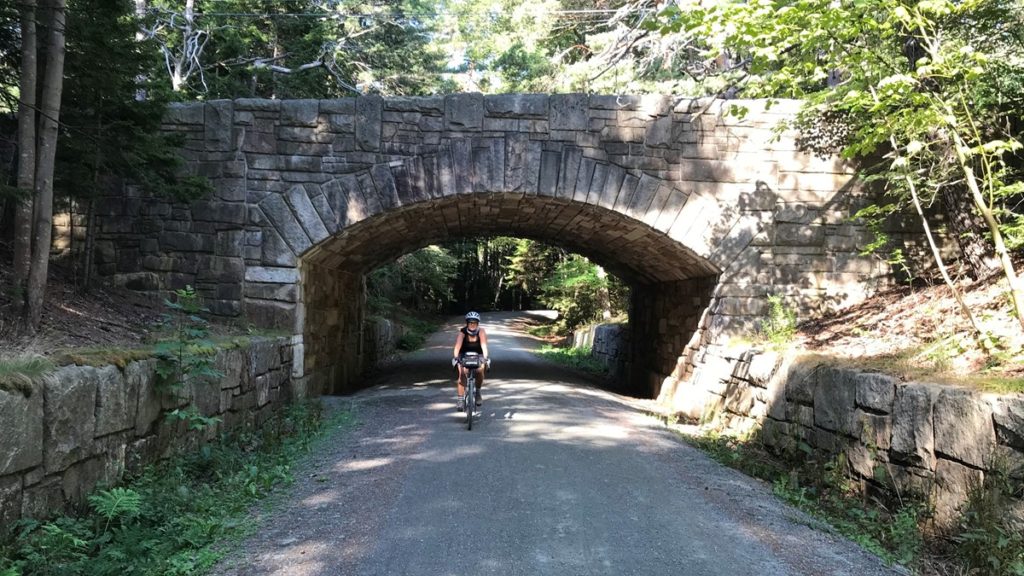
There are so many wonderful things to do in Acadia National Park. If you like to hike the opportunities at Acadia are seemingly endless with more than 150 miles of trails.
Hikers can immerse themselves in forests, walk along rocky coastlines, or stand on exposed mountain tops — sometimes all in the same hike.
Acadia provides opportunities for bicycling on carriage roads, bike paths, gravel roads, and paved roads. There are various options based on experience, elevation change, type of bicycle, and destination.
The Park Loop Road offers cyclists some spectacular views, but it is winding and narrow and may be congested with vehicles. Also, you must have a park entrance pass to ride in the park.
If You Like Bird Watching Then You Have Some Famous Company At Acadia
Birdwatching is rooted inside the history of Acadia National Park and has played a crucial role in the history of natural exploration on Mount Desert Island. One of the most famous bird watchers was James Bond.
Of course, I’m not referring to the most famous superspy in history (fictional that is), but an early twentieth-century ornithologist who was famous for his explorations in the Caribbean.
I’m sure you recognize the name and it’s no coincidence. He was the namesake for Ian Fleming’s secret agent. Bond, as a child, summered with his uncle on Mount Desert Island.
In 1941, Bond wrote The Birds of Mt. Desert Island, Acadia National Park, Maine. His co-author was Carroll Tyson.
In his biographies, Bond credited Mount Desert Island as the place that inspired him to be an ornithologist. (Source: National Park Service)
For bird watching, the best places are Cadillac Mountain, Otter Point, Thompson Island, Jordan Pond and, of course, Mount Desert Island. If it’s good enough for James Bond then it’s good enough for you too!

So, How Did Fleming Come Up With The Name?
“There really is a James Bond, you know, but he’s an American ornithologist, not a secret agent,” Ian Fleming explained in an interview for Rogue Magazine. “I’d read a book of his, and when I was casting about for a natural-sounding name for my hero, I recalled the book and lifted the author’s name outright.”
The book that Fleming was referring to was Birds of the West Indies, published in 1936 after Bond had spent a decade exploring the islands of the Caribbean. The 460-page field guide, which features 159 black-and-white illustrations, became the go-to resource for Fleming, who lived in Jamaica.
To learn which national parks played a cameo role in the James Bond film franchise and other blockbuster movies, check out More Than Just Parks article: Look Familiar? 25+ CLASSIC Movies Filmed In The National Parks

Stargazing At Acadia

If it’s the stars that you’ve come out to see then Acadia has them. The best stargazing opportunities are at Jordan Pond, Ocean Path, Sand Beach and Seawall.
The National Park Service recommends that you bring a flashlight, something comfortable to sit or lie on and a star map (or stargazing app).
Boating & Swimming At Acadia
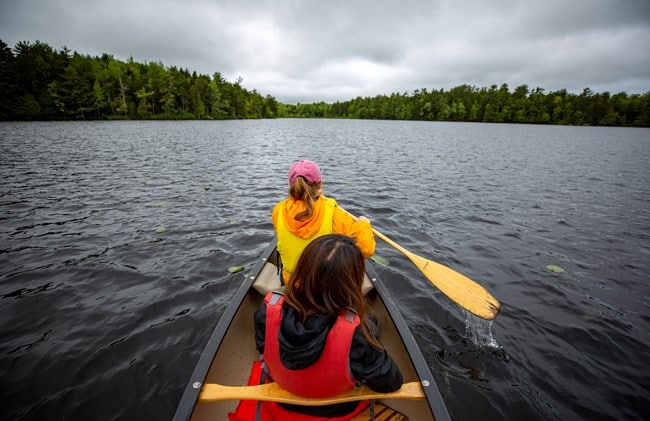
A number of lakes and ponds on Mount Desert Island permit boating. Each body of water has specific watercraft restrictions. All towns have launching areas for saltwater near town docks and municipal piers.
Canoes, kayaks, sailboats, and motorboats can be rented in surrounding communities.
A variety of commercial vessels offer ferry service, fishing, nature cruises, sailing, and whale watching excursions. (Source: National Park Service)
Acadia National Park has two beaches popular for swimming in the summer: Sand Beach and Echo Lake Beach. There is also a small beach for swimming at Lake Wood.
RELATED: All 63 National Parks RANKED By Experts (Best To Worst)
2. Katahdin Woods And Waters National Monument
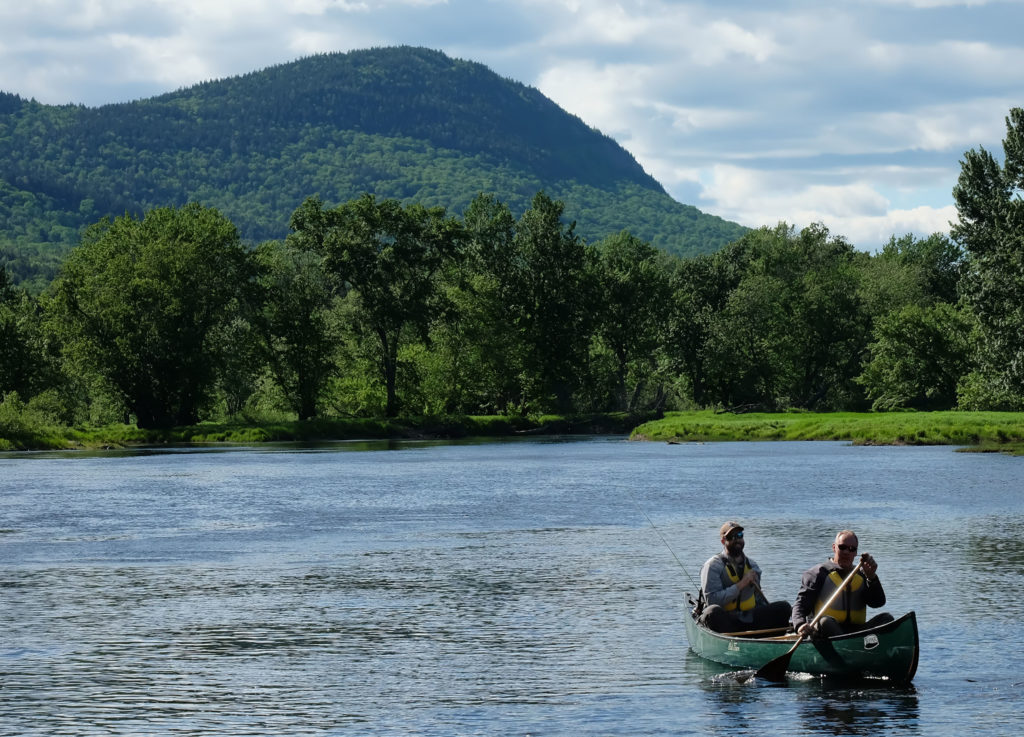
Distance From Portland: Three hours 25 minutes (210 miles) via I-95 N.
On August 24, 2016, President Barack Obama designated about 87,500 acres east of Baxter State Park as the Katahdin Woods and Waters National Monument (KWWNM).
Katahdin Woods And Waters National Monument is a paradise for those who love the natural wonders offered by the wilderness. There is an incredible landscape of rivers, streams, woods, flora, fauna, geology, and the night skies. A gift to those who covet spectacular views.
So Many Different Activities
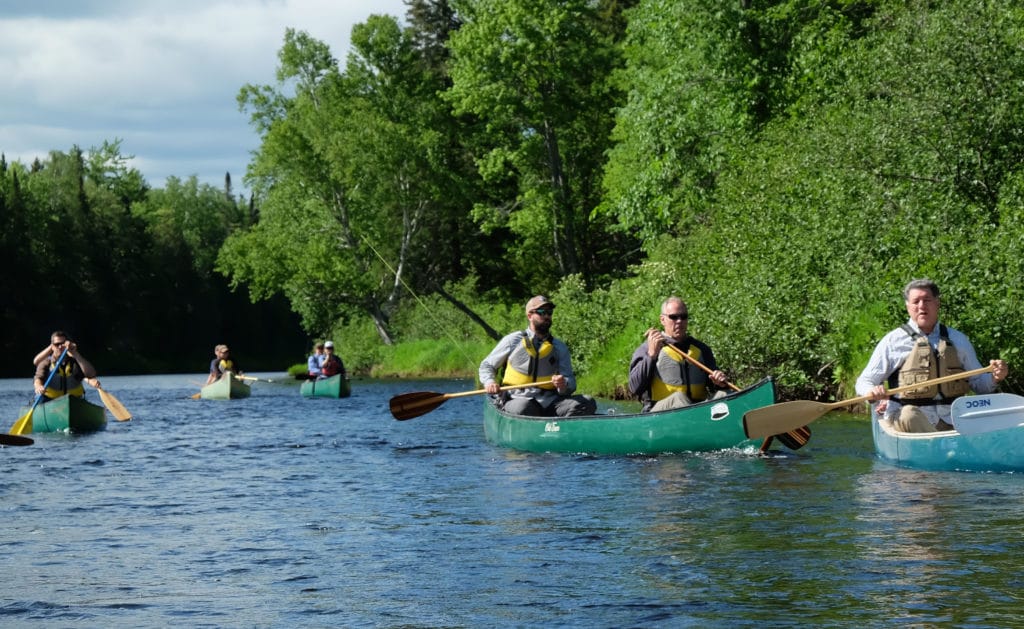
Visitors can enjoy activities including: canoeing, kayaking, hiking, bird watching, fishing, cross-country skiing, snowshoeing, and snowmobiling on designated trails.
I recommend beginning your visit with a drive along the Katahdin Loop Road. There you will be treated to a 17-mile loop which offers you a great opportunity to see the southern portion of the monument and includes pull-offs with scenic views.
Incredible Hiking Trails
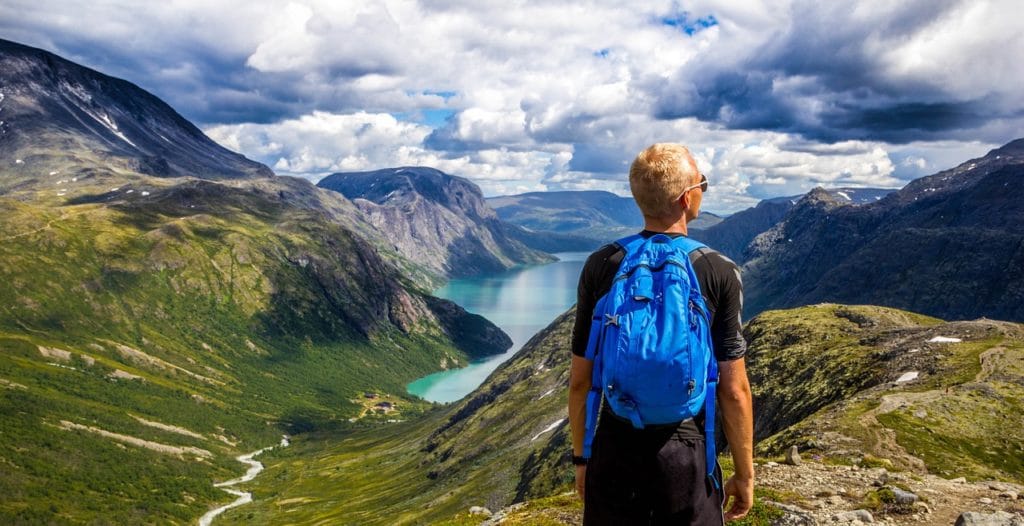
If you’re interested in hiking, there are several short and long-distance hikes from trailheads on the Katahdin Loop Road and Messer Pond Road. Hiking trails range in level of difficulty from easy to intermediate.
There’s an excellent six mile hike along the Orin Falls Trail. You take old logging roads along Wassataquoik Stream. Along the way, you will have an excellent opportunity to see the wild flowers and the wildlife.
There’s an excellent six mile hike along the Orin Falls Trail. You take old logging roads along Wassataquoik Stream. Along the way, you will have an excellent opportunity to see the wild flowers and the wildlife.
3. Maine Acadian Culture Center | National Parks Near Portland Maine
Distance From Portland: The park is about 160 miles from Portland, Maine, and about 50 miles from Bangor, Maine.
The Acadians were the descendants of the French who settled in America during the 17th and 18th centuries. Acadia National Park was named to honor their heritage and contributions to the region.
Acadia was located in what is now Eastern Canada’s Maritime provinces, as well as parts of Quebec, present-day Maine to the Kennebec River, and on the West coast of Newfoundland.
Today this culture is celebrated at the Maine Acadian Culture Center. Visitors to the center can explore some of the historical and cultural sites that preserve the heritage of Maine Acadians.
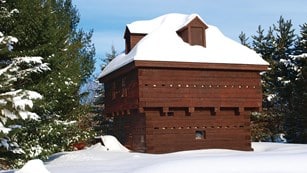
Places To Be Explored
Among the places to be explored are the following:
- Acadian Landing & Tante Blanche Museum
- Acadian Village
- Allagash Wilderness Waterway
- B & A Caboose and Green Water Tank
- B & A Railroad Turntable
- Fort Kent Blockhouse
- Fort Kent Railroad Station
- Historic Governor Brann Schoolhouse
With so many interesting places, I recommend that you research the ones of particular interest to you before you depart on your adventure.
Developing an itinerary or a plan of attack will give you the opportunity to get the biggest bang for your buck when it comes to exploring.
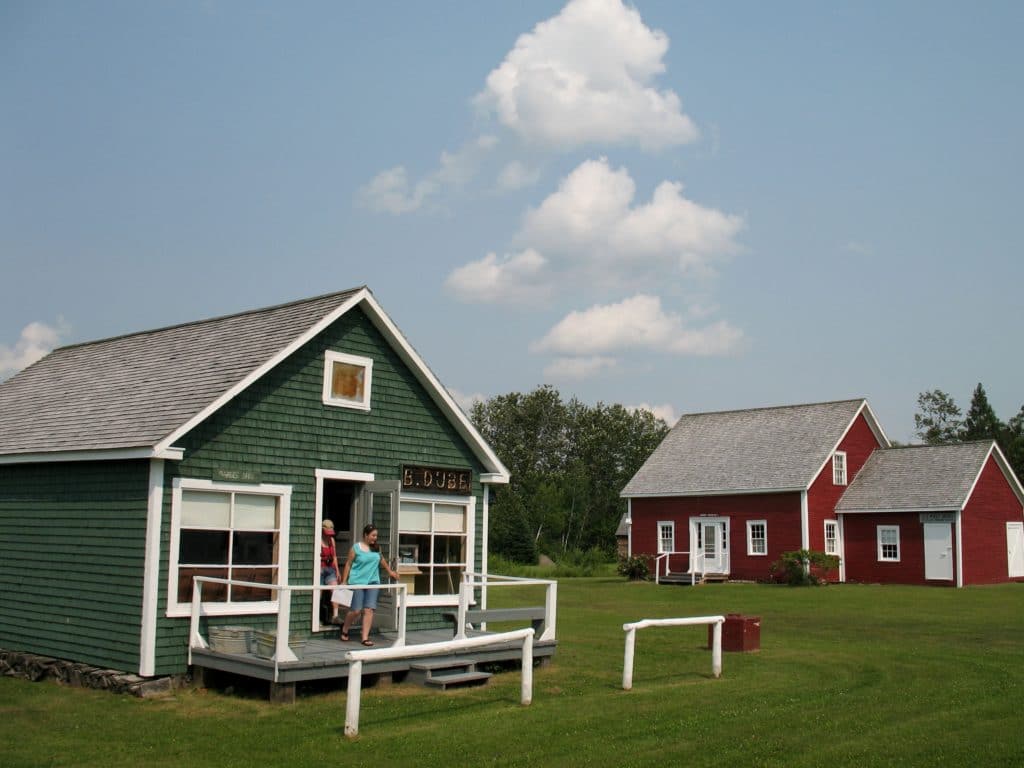
4. Roosevelt Campobello International Park | National Parks Near Portland Maine
Distance From Portland: Four hours 8 minutes (245 miles) via I-95 N.
Franklin Delano Roosevelt served as President from March 1933 to April 1945, the longest tenure in American history. He may have done more during those twelve years to change American society and politics than any of his predecessors in the White House, save Abraham Lincoln.

“Under FDR, the American federal government assumed new and powerful roles in the nation’s economy, in its corporate life, and in the health, welfare, and well-being of its citizens. The federal government in 1935 guaranteed unions the right to organize and bargain collectively, and the Fair Labor Standards Act of 1938 established a mechanism for putting a floor under wages and a ceiling on hours that continues to this day. It provided, in 1935, financial aid to the aged, infirm, and unemployed when they could no longer provide for themselves.
-William E. Leuchtenburg
Beginning in 1933, it helped rural and agricultural America with price supports and development programs when these sectors could barely survive. Finally, by embracing an activist fiscal policy after 1937, the government assumed responsibility for smoothing out the rough spots in the American economy.”
FDR & The Environment
Elected in 1932 to combat an economic depression, Franklin Delano Roosevelt also became the first president to use the power of the federal government to combat climate change. Roosevelt utilized a voluntary public works relief program, the Civilian Conservation Corps, to tackle a climate emergency.
By the mid 1930s, what became known as the Dust Bowl had ravaged much of the Midwest. It destroyed thousands upon thousands of farms while forcing families to flee for their lives. It would be left to the federal government to confront the science of a changing climate to find solutions to this emerging threat.
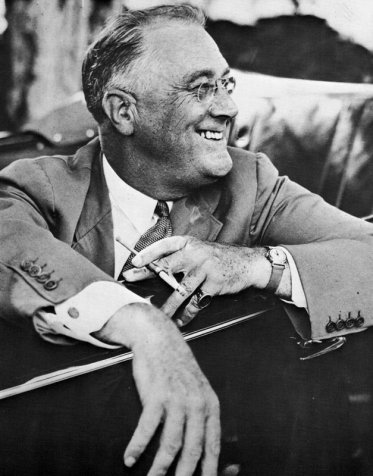
“I propose to create the Civilian Conservation Corps to be used in complex work, not interfering with abnormal employment, and confining itself to forestry, the prevention of soil erosion, flood control and similar projects.
-President Franklin Delano Roosevelt
I call your attention to the fact that this type of work is of definite, practical value, not only through the prevention of great present financial loss, but also as a means of creating future national wealth.“
RELATED: The First Green New Deal Happened 100 Years Ago-What Happened?
Things To Do & See At Roosevelt Campobello International Park | Maine National Parks
For many years, Franklin D. Roosevelt summered on Campobello Island. As an adult, he shared with his family the same active pursuits he enjoyed on the island as child. Although he visited less frequently after contracting polio, Campobello remained important to FDR.
Today Roosevelt Campobello International Park serves as a memorial to FDR and a symbol of cooperation between the U.S. and Canada. (Source: National Park Service)

The Visitor Center
A trip to Campobello should begin with a visit to the visitor center. There you will find exhibits about FDR. There’s also a wonderful short film: “Outer Island/Beloved Island,” produced by the Roosevelt Campobello International Commission.
A small bookstore features a limited selection of memorabilia.
Roosevelt Cottage
Visitors can tour the home and see artifacts from Roosevelt’s time at Campobello. Guides are stationed throughout the Roosevelt Cottage to answer questions.
Rooms that are on display include the following: (1) President Roosevelt’s office from his 1933 visit and his bedroom, (2) Mrs. Roosevelt’s writing room, (3) living room, dining room, and kitchen, (4) laundry and Nursery and (5) family bedrooms.
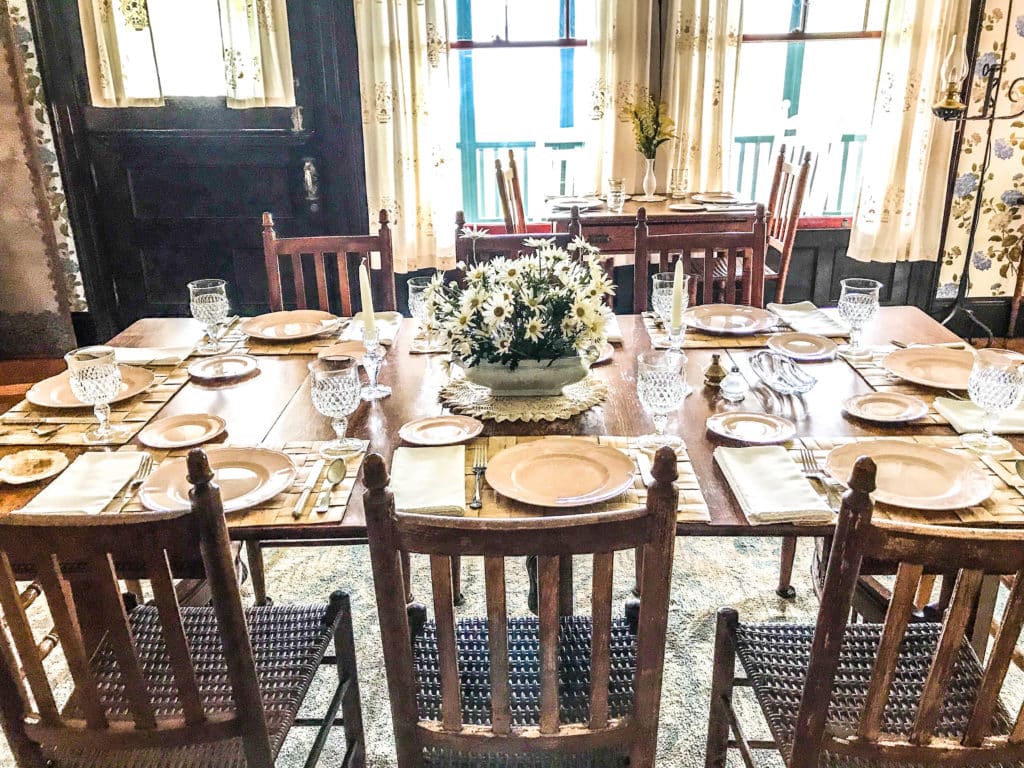
Other Things To See At Campobello
There are 8.4 miles of driving roads located in the park’s 2,800 acres, and eight miles of walking trails. You can wander the trails individually for a short hike or combine them for longer hikes. You can see bogs, forests, shoreline, beaches, and more.
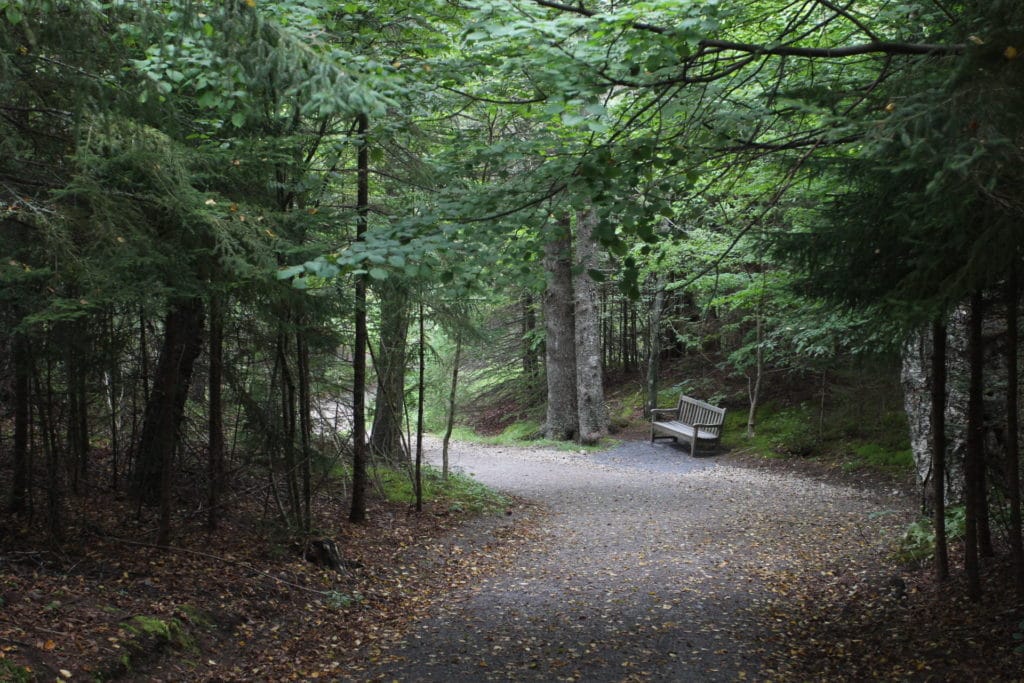
5. Saint Croix Island International Historic Site
Distance From Portland: Three hours 47 minutes (233 miles) via I-95 N & St. Route 9 E.
Saint Croix Island International Historic Site commemorates the 1604 site of the first French attempt to colonize the territory they called l’Acadie. It is one of the earliest European settlements in North America.
Among those who wintered on the island during 1604-1605 was the famed explorer Samuel Champlain. Champlain was a French colonist, navigator, cartographer, draftsman, soldier, explorer, geographer, ethnologist, diplomat, and chronicler best known for founding Quebec.
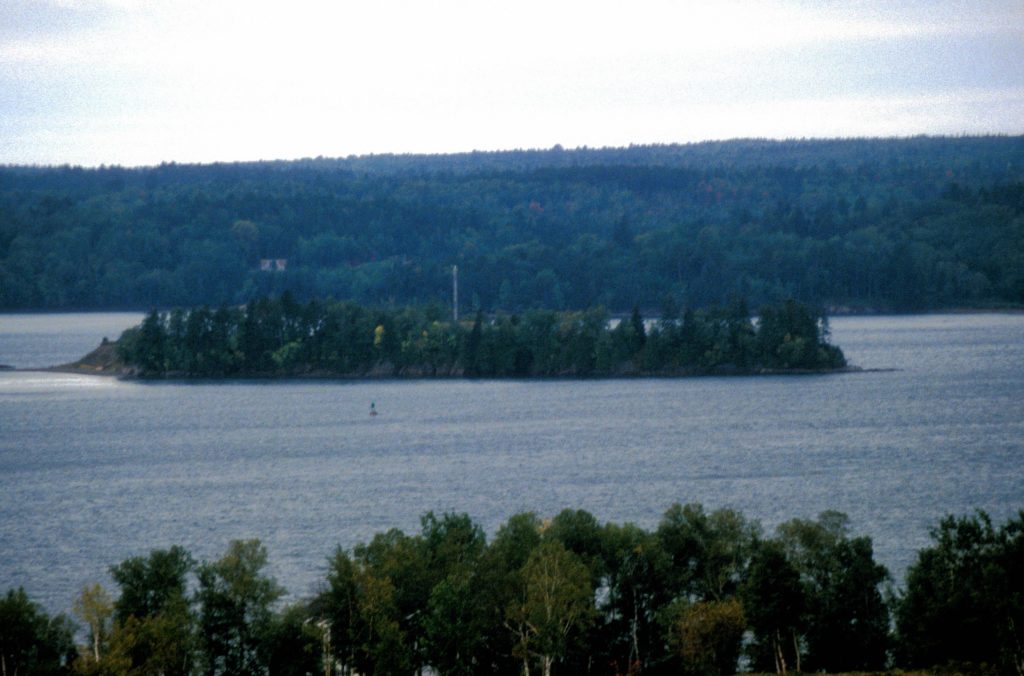
The noted author and historian David Hackett Fischer wrote a wonderful biography of Champlain’s explorations titled Champlain’s Dream.
Congress authorized the establishment of Saint Croix Island National Monument in 1949, which became effective on June 30, 1968, and designated it as an international historic site on September 25, 1984.
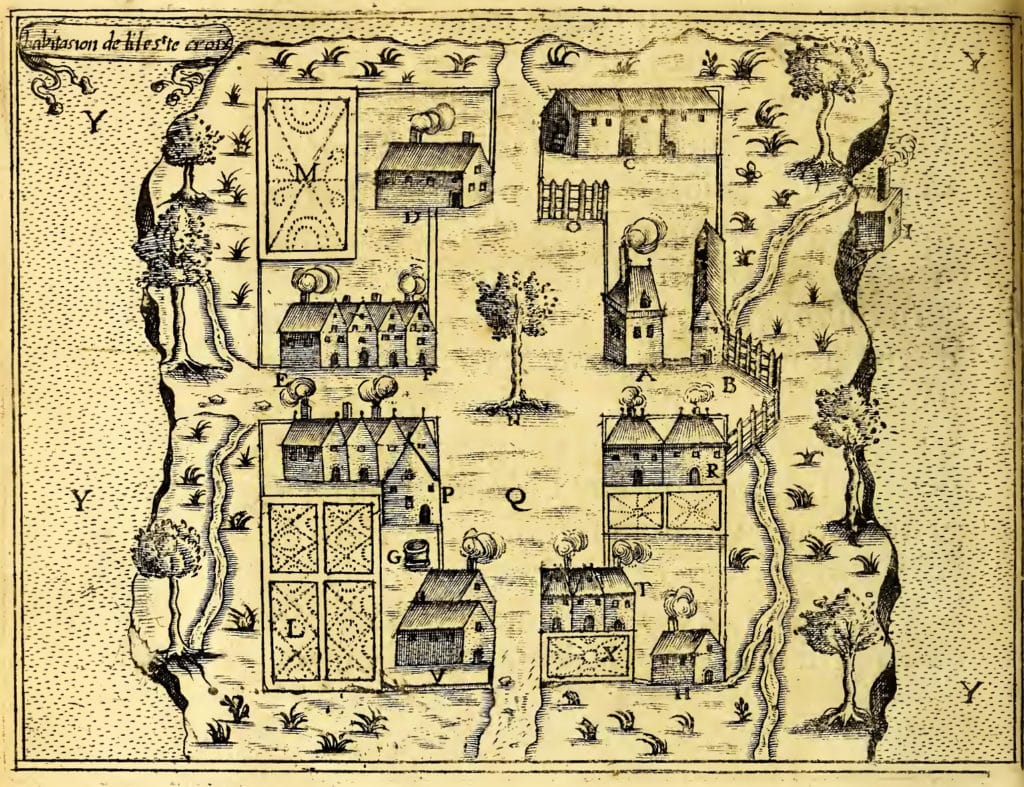
Things To See & Do At Saint Croix
There’s a wonderful self-guided interpretive trail. There you can discover what inspired the French to come here.
You will learn about Champlain’s description of the effects of scurvy on the residents of the island during the winter of 1604 and much much more.
Bring a picnic basket with you as there are some wonderful places to enjoy the beautiful scenery.
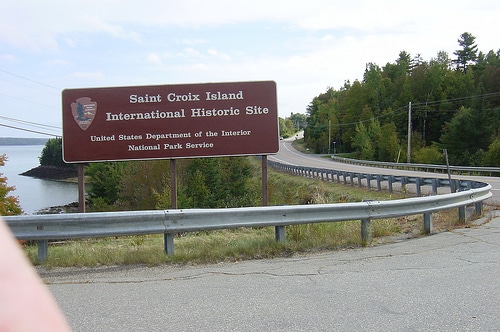
Check Out Nearby St. Stephen & St. Andrews Too
In nearby St. Stephen and St. Andrews, you will find a variety of museums and historic sites, recreational opportunities, restaurants, shops, and hotel accommodations.
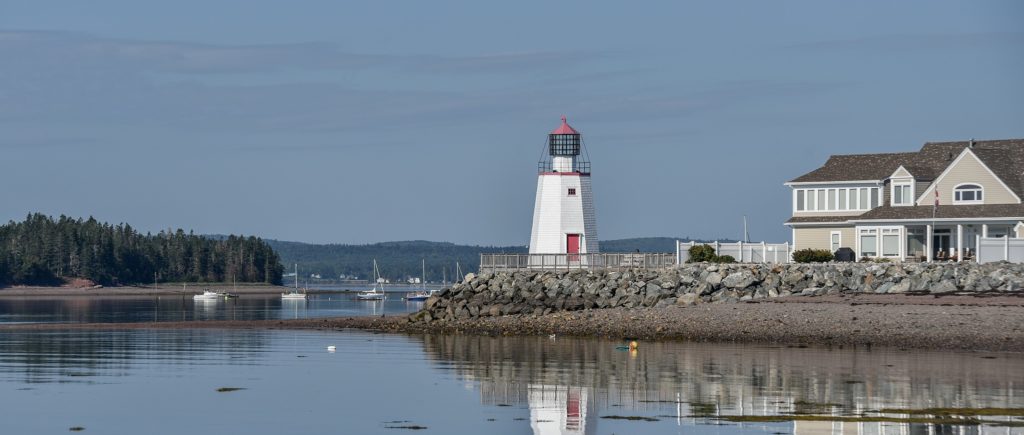
Map Of Park Sites Near Portland Maine
List Of National Park Sites Near Portland Maine
- Acadia National Park
- Katahdin Woods And Waters National Monument
- Maine Acadian Culture Center
- Roosevelt Campobello International Park
- Saint Croix Island International Historic Site
About The People Behind More Than Just Parks
You should probably know that we don’t just make this stuff up out of thin air. My sons have spent their entire adult lives exploring and filming America’s national parks and public lands.
As for me, I’m a retired lifelong educator and a proud dad of these two wonderful guys who are hopelessly obsessed with the national parks. I taught history for over a quarter of a century. Now I enjoy researching and writing articles for More Than Just Parks. I’m always on the hunt for topics where nature and history intersect so please feel free to share any ideas that you might have with me.
We’ve worked with the National Park Service, the Department of Interior, and the U.S. Forest Service for years creating films on important places and issues. Our work has been featured in leading publications all over the world and even some people outside of our immediate family call us experts on the national parks.

Meet The Parks Brothers
We’re Jim Pattiz and Will Pattiz, collectively known as the Pattiz Brothers (and sometimes the Parks Brothers) and we absolutely LOVE the national parks.
Our goal here at More Than Just Parks is to share the beauty of America’s national parks and public lands through stunning short films in an effort to get Americans and the world to see the true value in land conservation.
We hope you’ll follow our journey through the parks and help us to keep them the incredible places that they are. If you’re interested in joining the adventure then please sign up below!
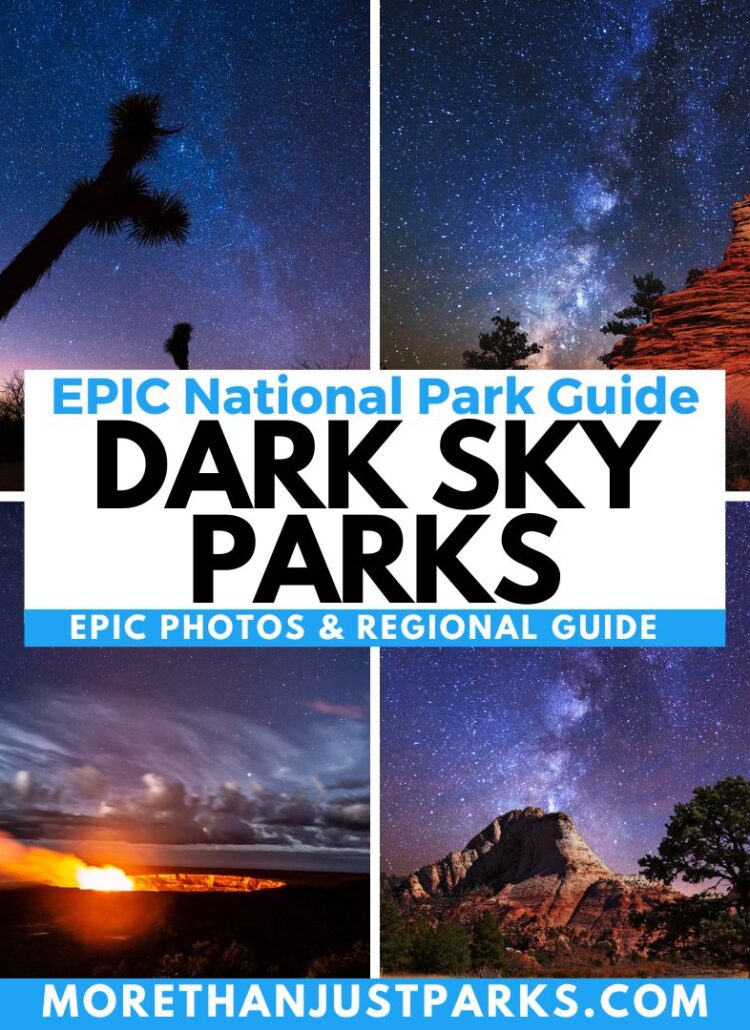
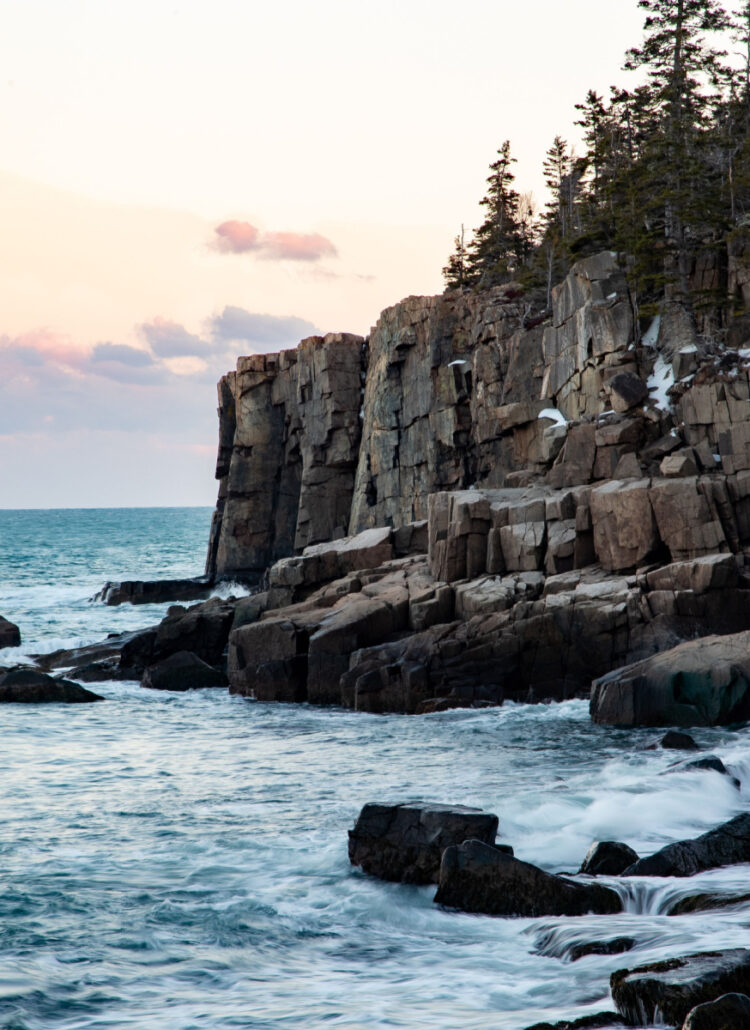
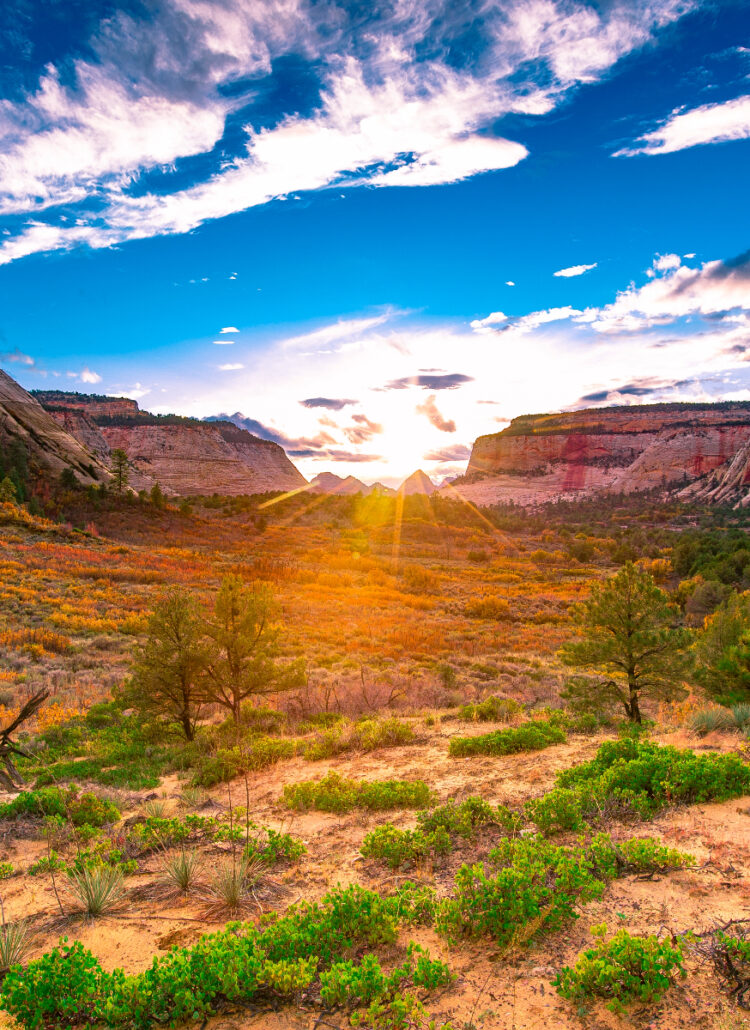
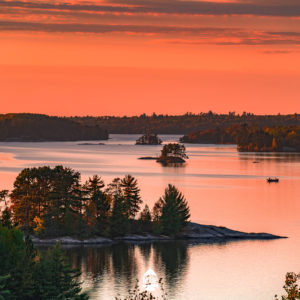

Leave a Reply